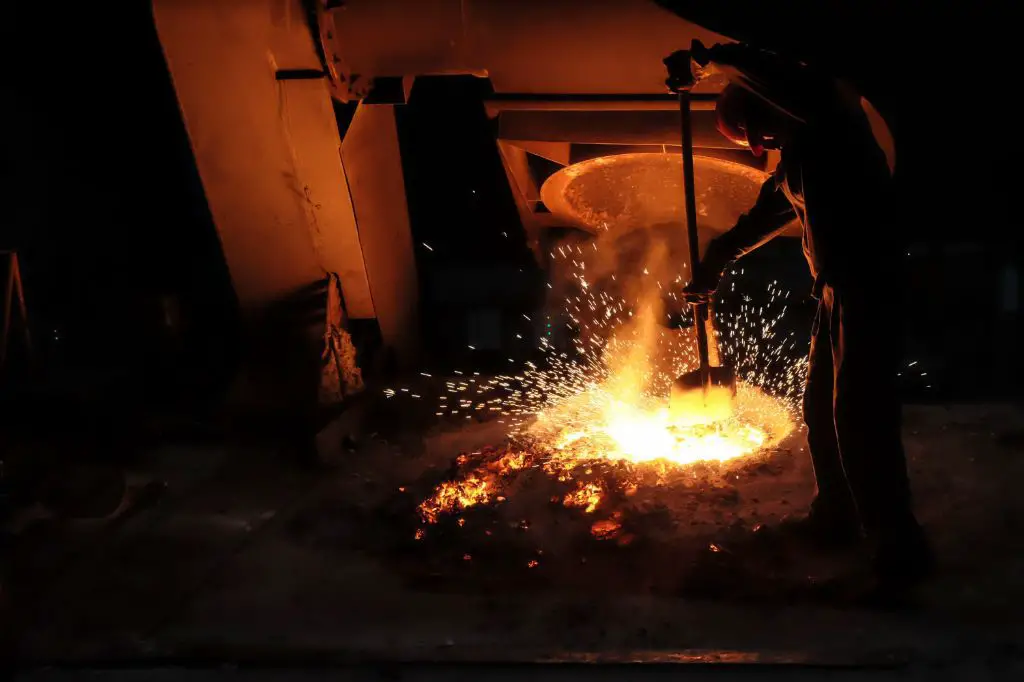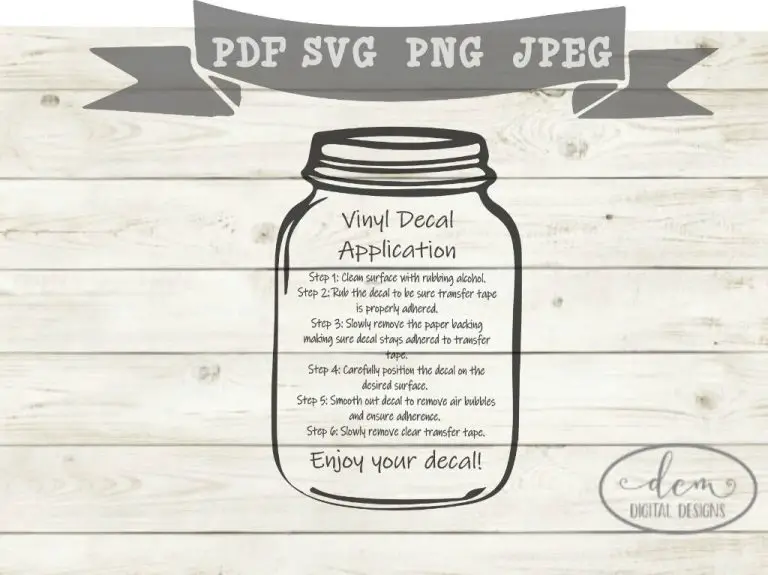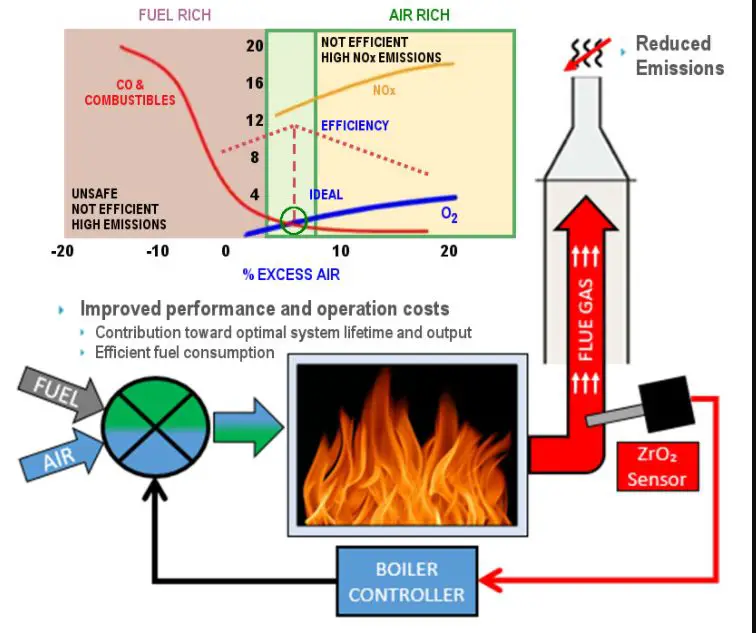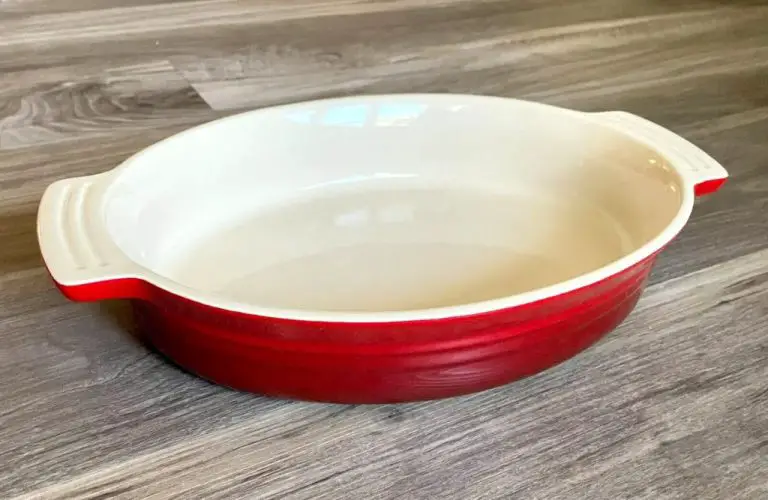Do Ceramic Molds Wear Out?
Ceramic molds are used in metal casting processes to form the shape of the final cast metal part. They are made from ceramic materials like silica, alumina, and zircon sands bonded together with clays. The mold cavity is formed by packing sand around a pattern, which creates an imprint of the pattern in the sand. Molten metal is poured into the cavity and allowed to solidify. Once cooled, the molded part is removed and the ceramic mold is broken away and discarded.
The main advantages of ceramic molds are their reusability, surface finish quality, and dimensional accuracy (Wikipedia). Ceramic molds can be used to make detailed and complex parts with good surface finishes at lower costs compared to other mold types.
Causes of Wear
There are three main causes of wear and deterioration in ceramic molds over repeated use:
Thermal Fatigue
As the mold heats up and cools down with each casting cycle, the expansion and contraction causes stress which can lead to cracks and eventual failure. Thermal shock from pouring hot liquid clay into a cool mold accelerates this process. Allowing the mold to fully dry between uses reduces thermal fatigue.
Abrasion
The clay rubbing against the mold surface during pouring and removal of the cast piece can physically wear down the mold over time. Using mold release agents and gentle demolding techniques can minimize abrasion damage.
Erosion
Chemical erosion can occur if the liquid clay or casting slip is acidic. Porous mold materials like plaster are especially susceptible. Using higher quality clays and casting slips as well as sealing the mold surface can improve chemical resistance.
Proper mold maintenance and materials selection is key to maximizing mold lifespan. But inevitably, molds will require replacement after so many cycles.
Thermal Fatigue
Thermal fatigue occurs when a material undergoes repeated heating and cooling cycles. As the temperature changes, the material expands and contracts. However, neighboring areas or attached components may restrict this expansion and contraction. This constraint causes stress in the material.
Over time, the accumulated stress from the heating and cooling cycles can cause tiny cracks called microcracks to form in the material. Eventually, these microcracks can connect and lead to failure or complete fracture of the ceramic mold. Thermal fatigue tends to occur in parts of the mold that experience the highest temperature fluctuations, such as cavities and cores.
According to a technical report from Materion [1], thermal fatigue can produce surface crazing or cracking in ceramic molds. Factors that increase thermal fatigue include higher temperature changes, faster heating/cooling rates, and more cycles.
Abrasion
Abrasion occurs when hard particles rub against the surface of the ceramic mold, wearing away the material over time and leaving machining marks. This abrasive wear is caused by contact with the cast metal parts during demolding, as well as contact with mold release agents, sand particles, and other debris (Digitalfire). The rough surfaces that result from abrasion can negatively impact the quality of subsequent castings made in the worn molds.
Using abrasion-resistant ceramic materials can help increase mold life. Alumina ceramics exhibit good abrasion resistance, while zirconia alloys demonstrate even better performance under abrasive conditions. Proper mold design to avoid sharp corners and appropriate mold maintenance and handling procedures also help minimize abrasive wear (Machinery Market).
Erosion
Erosion is one of the main causes of ceramic mold wear, especially in metal casting and glassblowing applications. When molten metal or glass impacts the surface of the ceramic mold at high velocities, it can literally blast away bits of ceramic material (https://ceramics.onlinelibrary.wiley.com/doi/10.1111/ijac.14240). The kinetic energy of the stream is transferred into erosive power that breaks the bonds between ceramic particles.

Chemical reactions can also accelerate erosive wear. Molten metals like iron can react with silica in the ceramic to form low-melting silicates. This corrodes the structure of the ceramic and makes it more prone to erosion damage. The combined thermal and chemical attack opens up cracks and pits in the mold surface where future molten metal or glass impact can rapidly erode material.
Mold Materials
The most common ceramic materials used for molds are silica, alumina, zirconia, and silicon carbide. Each material has different properties that determine its suitability for various casting applications.
Silica, also known as quartz, is one of the most abundant minerals on earth. It has high heat resistance and thermal shock resistance. However, it is brittle with low tensile strength. Silica molds work well for casting low-melting point metals like tin, lead, and zinc.
Alumina, or aluminum oxide, has excellent thermal properties and chemical resistance. It also offers good surface finish quality on castings. However, it is costly compared to silica. Alumina molds are ideal for casting ferrous and non-ferrous metals like steel, iron, aluminum, and copper.
Zirconia, or zirconium oxide, has the highest flexural strength and fracture toughness among ceramic mold materials. It is very durable and thermally stable, though relatively expensive. Zirconia excels in casting reactive and high-melting point metals like titanium, niobium, and other exotic alloys.
Silicon carbide possesses high thermal conductivity and excellent thermal shock resistance. It is also very hard and maintains strength at elevated temperatures. Silicon carbide works well for casting metals with high melting points like stainless steel, nickel, and cobalt alloys.
Mold Design
Two important factors in mold design that affect wear are draft angles and surface finish.
Draft angles allow the cast piece to be removed from the mold without excessive force. Steeper draft angles make demolding easier but may result in distortion of the final piece. Shallower draft angles around 3-5 degrees are common for ceramic molds. The appropriate draft angle depends on the shape and material being cast. Insufficient draft angles lead to increased friction during demolding which accelerates mold wear.
A smooth surface finish on the mold cavity reduces friction with the cast material. Rough surfaces cause accelerated abrasive wear. Common surface finishing techniques include sanding, grinding, and polishing. Smooth glass-like finishes can be achieved through glazing and firing the mold. The required surface finish depends on the material being cast and desired quality of the final piece. A rough plaster mold may only survive 10-20 castings whereas finely polished ceramic molds can last for thousands of uses.
Proper mold design is key to maximizing mold life. Allowing easy demolding through draft angles and smooth surface finishes greatly reduces wear on ceramic molds during the casting process. See reference [1] for a video demonstrating good practice in ceramic mold design.
[1] https://www.youtube.com/watch?v=pXQgi6vW22I
Mold Maintenance
Proper mold maintenance is critical for maximizing the life of ceramic molds. Molds should be thoroughly cleaned after each use to remove any slip residue or particulates. According to Ceramic Arts Daily, molds can be scrubbed with a stiff brush and warm, soapy water or wiped down with a sponge and towel. Avoid using abrasive cleaners that could wear down the mold surface.
Applying a kiln wash coating is also essential for mold maintenance. Kiln wash serves as a protective barrier between the clay and mold, preventing sticking and absorption. As advised by Two Lasses Glass Classes, at least 3-4 coats of kiln wash should be applied evenly over the mold’s entire surface before each use. This coating should be reapplied whenever it appears thin or worn.
With repeated use, molds may develop small nicks or scratches. These can be sanded smooth and recoated with kiln wash. Larger cracks and damage may require repairs with mold putty specifically designed for ceramics. Periodic inspection and prompt maintenance helps extend the usable life of ceramic molds.
Estimating Mold Life
The longevity of a ceramic mold depends on several factors, including the type of material, the number of casting cycles, and routine quality checks.
Plaster molds typically last for 50-100 castings before degradation occurs. With proper maintenance and handling between castings, plaster molds may survive up to 500 cycles. However, casting frequency will wear down molds quicker. Allowing plaster to fully dry and cure between pours extends the mold lifetime.
Higher quality ram press or rammed aggregate molds offer greater durability, capable of withstanding 500 or more castings before replacement is needed. These industrial molds hold up better than plaster under repeated use.
Inspect molds routinely throughout their service life. Look for cracking, pitting, erosion, and distortion which signals the mold should be retired. If degradation is found early, the mold may be patched and repaired to squeeze out additional castings. But once wear progresses too far, it becomes unusable for quality cast parts.
Conclusion
Mold wear is an inevitable part of any manufacturing process using ceramic molds. The rate at which molds wear out depends on several key factors including thermal fatigue from heating/cooling cycles, abrasion from contact with raw materials, erosion from molten materials, the type of ceramic used, mold design considerations, and maintenance procedures. Estimating mold life requires assessing all of these variables.
Thermal fatigue and abrasion tend to be the primary drivers of wear for most molds. Selecting wear-resistant ceramics and engineering the mold geometry to minimize stress concentrations can extend mold life. Proper mold venting, release agents, and lubrication help as well. But regardless of material and design choices, preventative maintenance like crack inspection and thermal cycling are essential.
With careful analysis of the casting process requirements, and strategic selections of material, design, and maintenance, manufacturers can optimize ceramic mold longevity and performance. But wear will inevitably occur over repeated cycles. By monitoring and estimating mold deterioration, foundries can plan efficient mold replacement and minimize unanticipated downtime.




